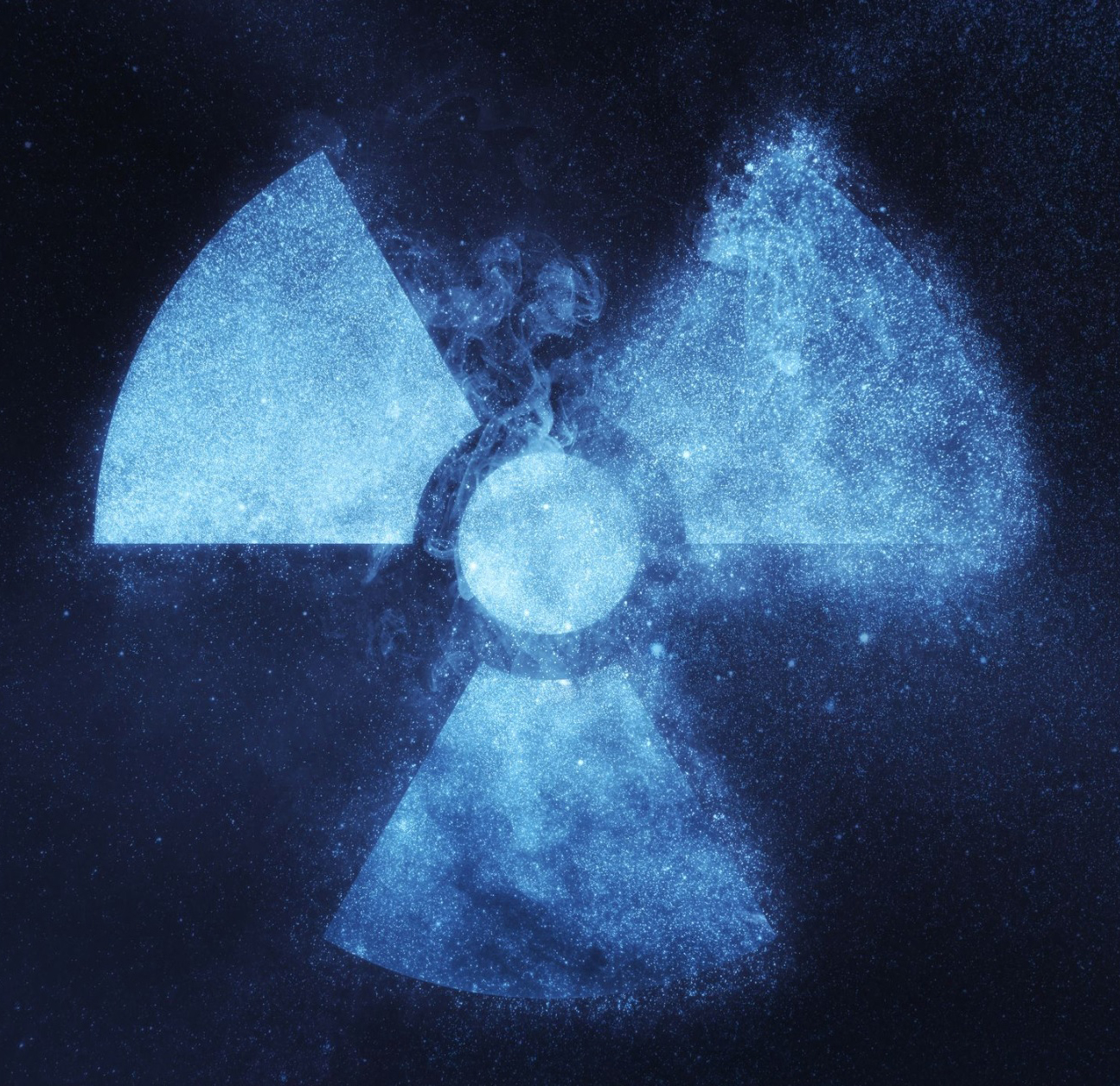
NASA is making strides toward significantly reducing the travel time to Mars through the development of nuclear propulsion technology. The agency plans to test a nuclear-powered rocket by 2027 that could potentially cut the journey to Mars to just six weeks—compared to the seven months required with current chemical rockets. This initiative, known as the DRACO program (Demonstration Rocket for Agile Cislunar Operations), involves partnerships with Lockheed Martin and BWX Technologies to build and test a spacecraft featuring a nuclear thermal propulsion engine
Nuclear propulsion offers several advantages over traditional chemical rockets. It uses a fission reactor to heat hydrogen to high temperatures and expels it to generate thrust, achieving greater efficiency and higher specific impulse. This means the spacecraft can achieve faster speeds, thus shortening transit times significantly. The higher efficiency also translates to less fuel needed for the journey, which could allow for more payload capacity.
Moreover, nuclear propulsion is seen as a crucial technology for deep space exploration, enabling more rapid and agile maneuvers in space, which could be beneficial for both crewed missions to Mars and other cislunar operations. The technology builds on historical efforts such as NASA’s Project NERVA from the mid-20th century and adapts modern safety standards and fuel types to mitigate risks associated with nuclear energy in space.
If successful, nuclear-powered rockets could open new possibilities for exploring and possibly colonizing Mars by reducing the travel time and exposure to space radiation, a significant hazard for astronauts on long-duration missions. This could mark a significant leap toward sustainable human presence beyond Earth.
